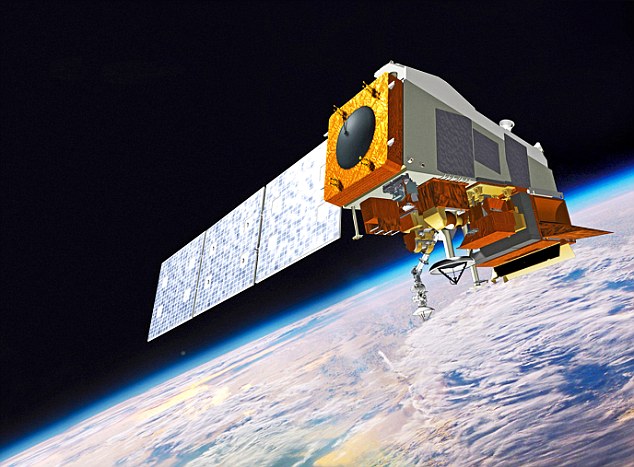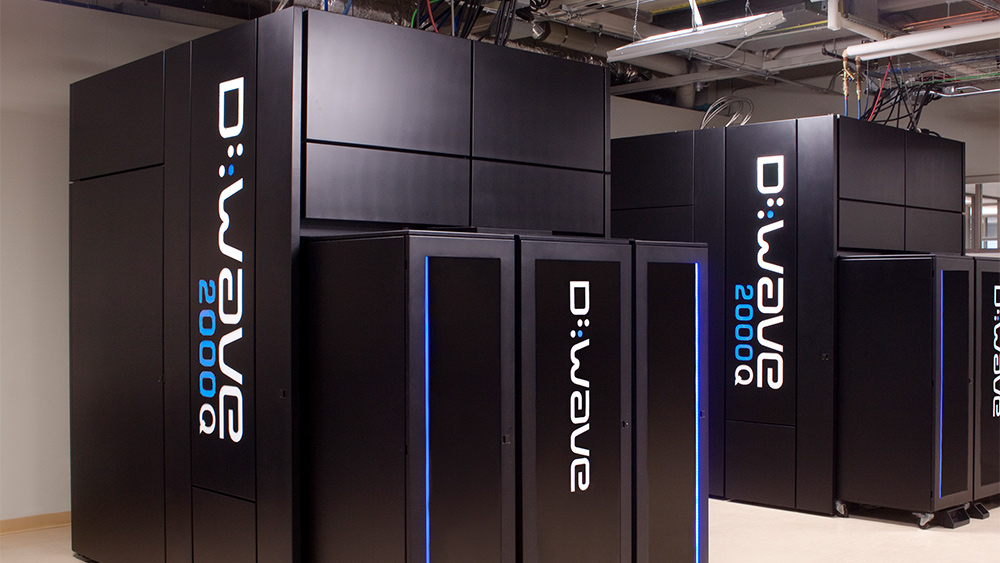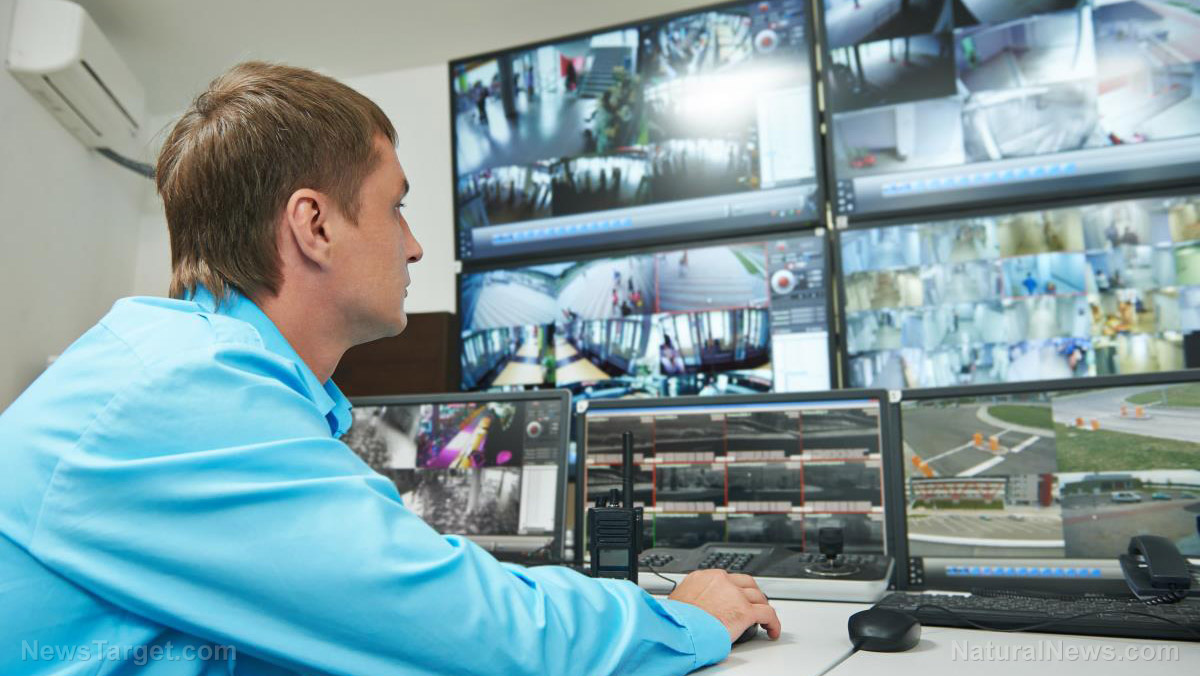Humans could soon be able to seamlessly connect their brains to the internet via computers, predict researchers
09/30/2019 / By Edsel Cook

Current developments in artificial intelligence (AI), computers, and nanotechnology would eventually make it possible to design a Human Brain/Cloud Interface (B/CI), researchers claim. The proposed technology would hook up brain cells with cloud-computing networks in real-time.
In their recently published paper, they reported that people with B/CI might access the information stored in a cloud network by thinking about the data. Such a technology would change everything.
Experts from the University of California Berkeley (UC Berkeley) oversaw the international study. They proposed installing tiny robots in the neocortex of the brain to provide access to an artificial counterpart in the cloud network.
The neocortex is the youngest and the smartest part of the conscious brain. The neural nanorobots would directly observe and manage the signals passing between the neocortex’s brain cells live.
UC Berkeley researcher Robert Freitas, Jr. said that the nanorobots would move through blood vessels and go through the blood-brain barrier. Inside the brain, they would put themselves near brain cells or even enter the neurons.
The nanorobots would send encoded information to and from a supercomputer network in the cloud. They would monitor the state of the brain and get data in real time. (Related: Medical research breakthrough: Scientists can now measure microscopic vibrations to identify proteins, similar to “fingerprinting”.)
The technology for interfacing human brains and cloud networking
The research team claimed that the cloud-based neocortex would make it possible to download information to the brain.
“A human B/CI system mediated by neural nanorobotics could empower individuals with instantaneous access to all cumulative human knowledge available in the cloud, while significantly improving human learning capacities and intelligence,” said UC Berkeley researcher Dr. Nuno Martins.
Martins added that the B/CI technology might also enable the development of a global superbrain. By linking together networks of human brains and AI, the superbrain would turn collective thought from worrisome possibility to a frightening reality.
He pointed out the existence of a primitive but functional human brain networking system. Called BrainNet, it records electrical signals from the brains of senders and transfers the data to receivers through magnetic stimulation.
BrainNet proves it is possible to exchange thought-driven data between individual brains through the cloud. It also demonstrates the possibility of groups of people coordinating their work on tasks.
Experts predict “internet of thoughts” at the end of the century
The possibility of human brain/cloud interface networking might be closer than feared. The researchers claimed that the current crop of supercomputers runs fast enough to handle the considerable quantities of neural data required for B/CI systems. And quantum supercomputers promise to run even faster.
Instead, the biggest roadblock would be the movement of neural data between human brains and supercomputers in the cloud. Researchers aim to figure out the right bandwidth for transmitting neural data around the world.
They must also come up with a way for the nanorobots in the brain to trade data with neurons. The UC Berkeley researchers have proposed improving communications through the use of magnetoelectric particles.
“These nanoparticles have been used already in living mice to couple external magnetic fields to neuronal electric fields – that is, to detect and locally amplify these magnetic signals and so allow them to alter the electrical activity of neurons,” Martins claimed. “This could work in reverse, too: electrical signals produced by neurons and nanorobots could be amplified via magnetoelectric nanoparticles, to allow their detection outside of the skull.”
He and his colleagues identified the need for a safe way to get the nanoparticles and nanorobots into the brain through blood circulation. Overcoming this and other challenges might lead to the emergence of an “internet of thoughts” within decades.
Sources include:
Tagged Under: artificial intelligence, badtech, breakthrough, cloud network, computers, computing, future tech, human brain, information technology, innovation, internet of thoughts, inventions, machine learning, nanorobotics, nanorobots, nanotechnology, Neural Network, robotics, supercomputers
RECENT NEWS & ARTICLES
COPYRIGHT © 2017 INFORMATIONTECHNOLOGY.NEWS



















